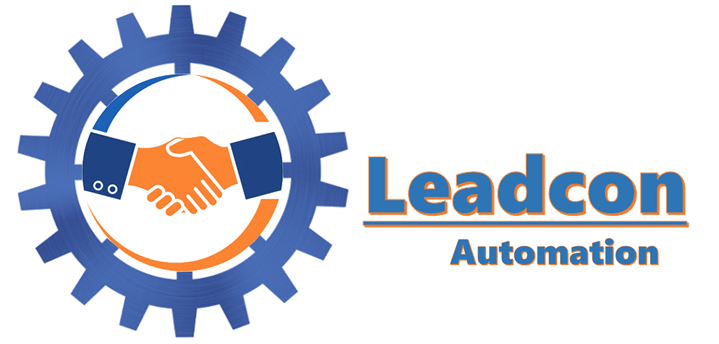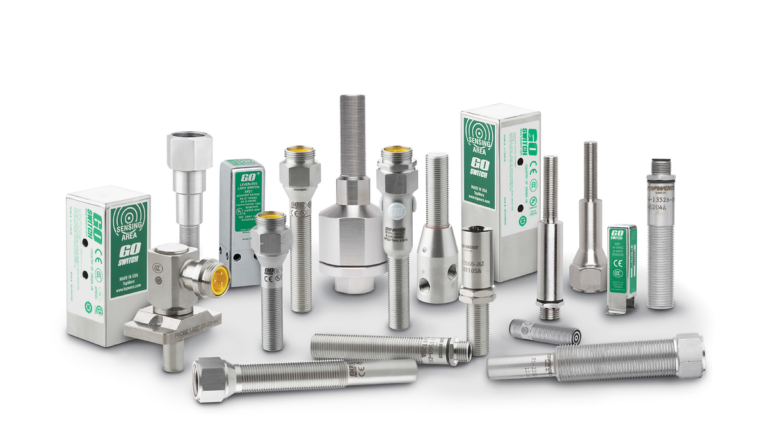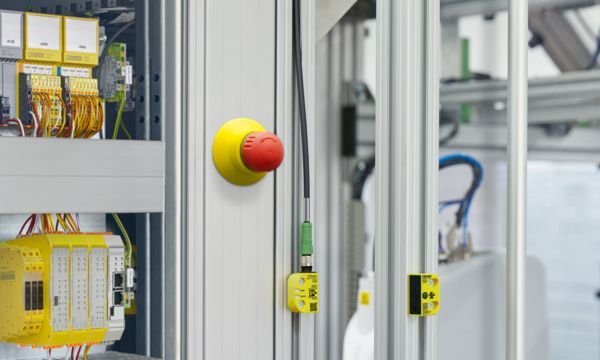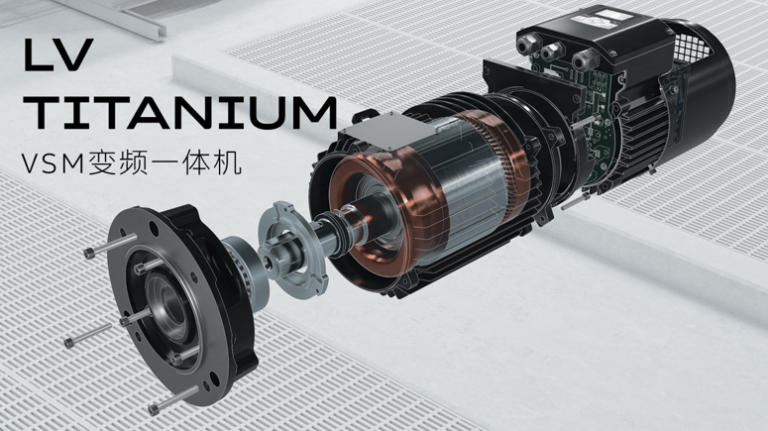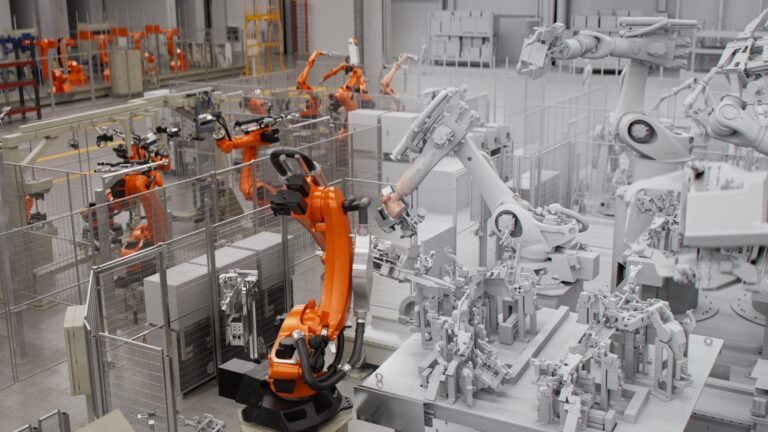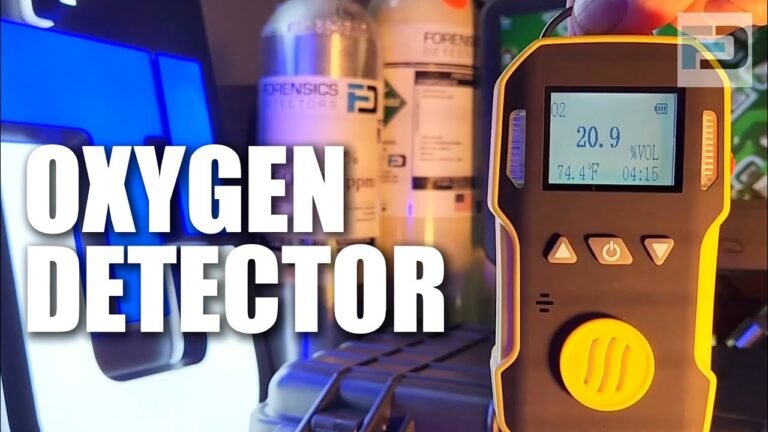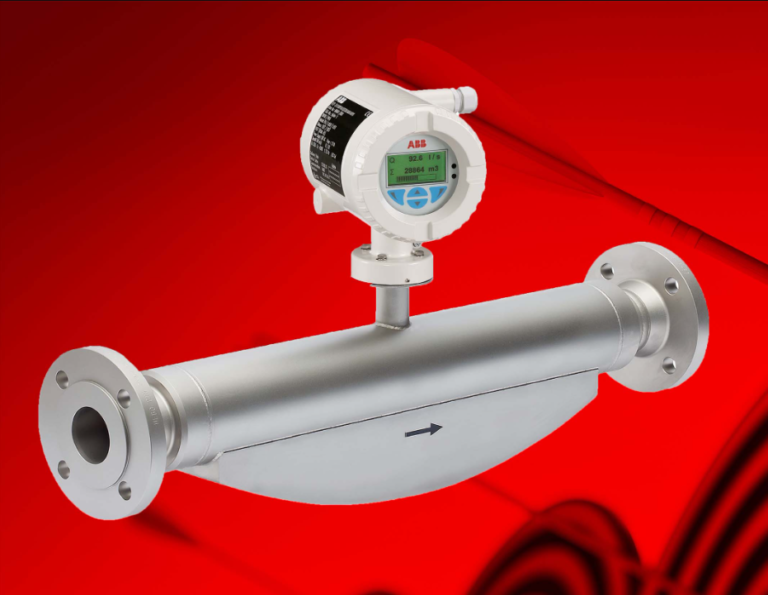The Virtual Revolution in Industrial Control Technology: Disruption or Convergence?
Today, as the digital wave sweeps across the globe, industrial automation is standing at a new crossroads. The rise of virtual control technology seems to have opened a door to the future for traditional manufacturing industries. Virtual control technology, a term that sounds quite futuristic, is becoming a key force driving the transformation of manufacturing in the wave of industrial automation, with its unique charm and potential. With the rapid development of technologies such as the Internet of Things, big data, cloud computing and artificial intelligence, virtual control technology is gradually moving from laboratories to factories and becoming an important tool for achieving intelligent manufacturing.
Virtual control technology, in simple terms, is a technology that controls industrial processes through software simulation. It creates a virtual control environment, enabling engineers to design, test and optimize control strategies without directly affecting actual production equipment. The core advantage of this technology lies in its flexibility and scalability, which enables it to quickly adapt to changes in production demands while reducing reliance on physical equipment.

At present, virtual control technology has played a significant role in multiple fields such as automotive manufacturing, aerospace, and chemical production. It not only enhances production efficiency, but also reduces production costs and risks. For instance, in the automotive manufacturing industry, through virtual control technology, engineers can test different production line configurations in a virtual environment, thereby optimizing the production process and reducing downtime.
In the industrial field, virtual control technology is playing an increasingly important role. To adapt to this trend, leading industrial automation manufacturers have successively launched corresponding virtual control products:
CODESYS: CODESYS Software Group has launched the CODESYS Virtual Control SL solution, which is a product integrating a variety of advanced IT technologies, such as Containers, Hypervisor, Kubernetes, OPC UA, Web protocols, etc. This solution can achieve decoupling of software and hardware, and support deployment and operation in various environments such as traditional controllers, edge servers, private clouds or public cloud servers, embodying the concept that “the hardware platform provides resources and the software system defines functions”.
Siemens: Siemens has incorporated its first virtual industrial controller, Simatic S7-1500V, into its TIA Portal V19 software. This virtual PLC is based on the functions and operations of SIMATIC S7-1500 PLC and is independent of hardware. It expands the SIMATIC product portfolio and, as part of Siemens Industrial Operations X, supports the realization of more flexible, modular production plant designs and highly adaptable production processes.
Phoenix Contact: Phoenix Contact has launched the PLCnext Virtual Control software solution, using virtualization Technology to deploy the environment of PLCnext Technology on the hardware devices of customers. It can easily deploy a variety of IEC61131 and IEC61499 runtime software to meet different product equipment or requirements, such as PLC, DCS, industrial robots, CNC machine tools, industrial Internet of Things and other intelligent manufacturing-related scenarios.
Hollysys: The HiaVDCS V1.0 virtualization control system launched by Hollysys is a software-based intelligent controller and an efficient redundant industrial Ethernet communication system that can run on general-purpose computer resources. This system not only possesses all the functions of a physical DCS control system, but also has the elastic expansion capability of virtual controller computing power. It can provide an integrated closed-loop control operation environment for the implementation of intelligent application algorithms based on technologies such as machine learning, big data optimization, and intelligent control.
Honeywell: Honeywell has implemented virtualization of PC-based workstations in its Experion DCS and announced that virtualization will be extended to some Experion C300 controllers running in its Experion Control HIVE environment. These controllers will operate as virtual devices in the VMware software environment.
Rockwell Automation Rockwell Automation integrates NVIDIA Omniverse Cloud API and OpenUSD with its Emulate3D digital twin software, bringing data interoperability, real-time collaboration, and physics-based visualization to manufacturing teams, enabling the design, construction, and operation of industrial-scale digital twin production systems.

These cutting-edge virtualization products not only showcase the latest developments in virtualization technology to us, but also represent a bold exploration and practice of the future trend of industrial automation. In the field of factory automation (FA), the application of virtualization technology focuses more on enhancing the flexibility and scalability of production lines, as well as achieving faster product changes and more efficient resource utilization. In the field of Process Automation (PA), virtualization technology places more emphasis on enhancing the reliability and security of systems, as well as achieving precise control over complex processes.
Whether in the FA or PA fields, virtualization technology is triggering a profound transformation. It not only changed the architecture of traditional control systems, but also had a profound impact on engineering implementation, operational efficiency and network security.
Through the above innovative virtualized products, we can also observe the significant advantages of virtual control technology and the future trends of industrial automation technology development:
Decoupling of software and hardware: Through virtualization technology, software and hardware can be independently designed, developed, tested and deployed, enhancing the flexibility and scalability of the system.
Cloud integration: Virtual control technology enables industrial control systems to be more easily integrated with cloud services, achieving remote control and data management.
Flexibility and scalability: Virtual control technology enables users to select, upgrade and replace hardware as needed, and multiple control instances can be deployed on a single hardware device.
Cost-effectiveness: By using a universal hardware platform, the reliance on dedicated hardware is reduced, thereby lowering costs.
Openness and interoperability: Virtual control technology has promoted the openness of industrial control systems and enhanced the interoperability among products from different manufacturers.
Furthermore, with the continuous advancement of artificial intelligence technology, virtual control technology is deeply integrated with AI, achieving more intelligent production control. AI can help enterprises analyze a large amount of production data, predict equipment failures, and optimize production processes. This intelligent production control will enable enterprises to have stronger competitiveness in the increasingly complex market environment.

In recent years, virtual control technology has been recognized as an important development trend in the industry. As a significant innovation in the field of industrial automation, it not only enhances production efficiency and reduces costs but also provides new ideas for the digital transformation of enterprises. In this regard, some people can’t help but raise the question: Will virtual control technology replace traditional industrial control equipment?
From the perspective of development trends, virtual control technology is indeed gradually maturing and beginning to replace traditional industrial control equipment in certain application scenarios. For instance, some DCS suppliers have begun to deploy virtualized controller cpus to help users reduce controller costs. Meanwhile, the concept of virtual PLC is gradually being implemented, providing an automation solution defined by software, which may change the future of the automation industry.
However, this does not mean that virtual control technology will completely replace traditional industrial control equipment. Traditional industrial control equipment still has advantages in specific applications. After years of development, they have reached a relatively high level in terms of reliability, stability and security. Many key production processes still rely on the physical control and real-time monitoring of these devices, especially in situations with high reliability and strong real-time performance.
Virtual control technology also has certain limitations. For instance, the reliability and security of virtual systems remain a significant issue. Excessive reliance on virtual environments may lead to enterprises being unable to respond promptly to unexpected situations when facing actual production. In addition, virtual control technology requires powerful computing capabilities and data support, which may be a burden for some small and medium-sized enterprises.
Of course, with the continuous development of technology, virtual control technology will play a leading role in some application scenarios. This coexistence relationship between virtual control technology and traditional industrial control equipment will drive the industrial automation industry towards greater efficiency, flexibility and intelligence, and also provide users with more choices and flexibility.
